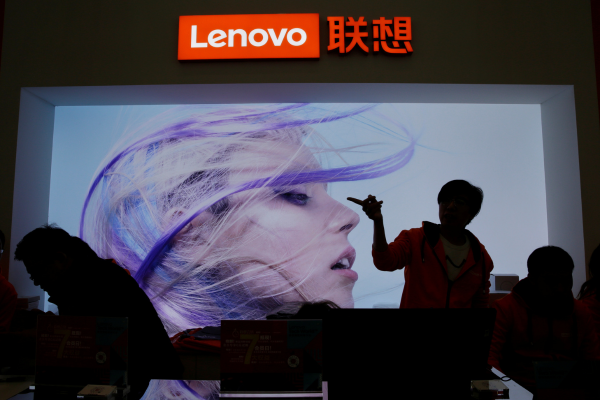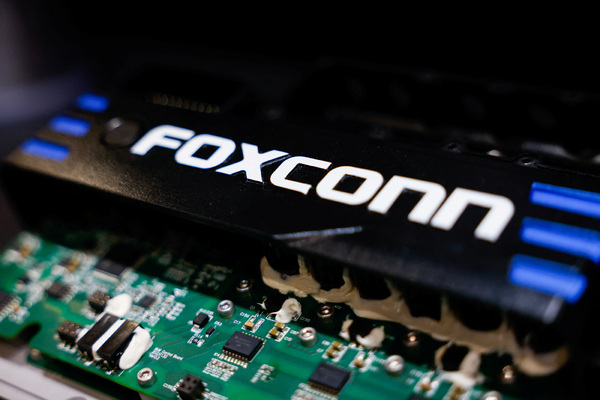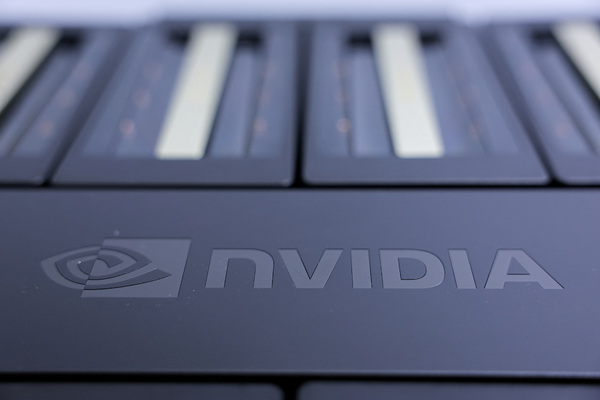Achieving HR transformation

Wai-Bin Lai at Sympa examines the value of HR transformation and outlines the steps to achieve it
Today’s never-ending succession of economic and political shocks is taking its toll on organisations and the stress that companies are facing as a result is inevitably cascading to employees. Firms have little choice but to respond, be it via operating hybrid working patterns, building new skills or introducing new technologies.
A Gartner report confirms that 42% of senior HR figures recognise that their business needs to adapt to the future of work, yet 43% say that they don’t have a strategy for doing so. With change fatigue also on the rise, how can HR leaders navigate the competing priorities of inclusion, diversity, and training and development, while also delivering the tools and processes that empower their leaders to make informed decisions?
It’s not an easy question, but there are answers within reach.
Digitalisation? Been there, done that!
There isn’t an HR Department in the Western world that hasn’t already undergone digitisation of some kind. Paper files were replaced by Word and Excel docs years ago and are now stored in various nooks and crannies, tucked away in the company’s digital infrastructure. Appraisals are stored individually in one location, while salary details and training and development plans in another.
This is all perfectly fine, of course, until the business is required to actually do something with this data.
This is the core of the problem. Data stored in countless mini-silos is not data that contributes to the benefit of a business. Data stored like vintage wine in a dark cellar, rather than data that is constantly in use and is contributing to solving problems and building value within the organisation, is just storage for the sake of storage. Data has to be in motion to have value, and to be manageable it has to all be in one place so that anyone who needs it can access it.
Today’s modern HR systems provide the master data of a human capital management function. This single, unified source of company information can and should be used to generate insights into the organisation. When data management is done correctly it becomes the digital backbone of a company.
Allied to this, a good HR solution will deliver analytics, allowing the data to be turned into information, which, in turn, will generate insights and enable informed decision-making. By using reports generated by the new breed of HR solutions, companies can, for example, easily report on the gender balance and the various cultural backgrounds of its people.
A modern HR system can establish and define the entry salary for newcomers and easily compare salary levels across the organisation.
Today, against the backdrop of economic uncertainty and with new ways of working still in their infancy, it’s more important than ever for HR to report on how the time and effort it has expended has had a measurable impact on the performance of the business.
Automate the everyday to focus on the exceptional
HR solutions, like HR departments, are not created equal. Some companies introduce digital HR as a means to depersonalise interactions between employees and HR, but this is self-defeating.
Digital HR transformation is not about reducing the time that HR spends on improving the human capital of an organisation, it’s the opposite – it’s about automating the mundane aspects of the role to focus on the exceptional aspects. Digital HR means inserting hooks and triggers into the business workflow, a framework which can be used to humanise the working environment.
For example, new employees can immediately receive a link that lets them add their basic information to the HR system, even before their first day in the office. This quick and easy task also lets employees explore how the system works and what they can expect to come their way in the future.
Overcoming objections to change
Introducing change into any business can be an arduous process. Given the semi-permanent nature of disruption this decade, it’s no surprise that change fatigue is increasing and is a top priority for 53% of HR professionals.
But as the business environment changes, so must business processes and structure. Despite the resistance to change, the only solution is to press on ahead to deliver a transformation that will empower the business and employees equally.
In order to achieve change, besides revolutionising the HR department, a modern HR solution has to deliver benefits across the entirety of the business. For example, it should make it possible to quickly learn from previous development discussions about team members without wasting hours on a scavenger hunt through previous disparate files and systems.
It’s clear that businesses must be able to leverage technologies and talent analytics that can help them plan workforce strategies, innovate processes, manage remote operations, keep employee data private and help leaders make faster, smarter decisions.
Key to this is an HR solution that captures employee data, unifies it across the enterprise to create a single repository of master data, and provisions powerful reporting tools enabling an end-to-end view of human capital and how it is managed. A modern HR operating model that delivers this will also deliver tangible business results.
Wai-Bin Lai is Country Director UK at Sympa
Main image courtesy of iStockPhoto.com

Business Reporter Team
Most Viewed
Winston House, 3rd Floor, Units 306-309, 2-4 Dollis Park, London, N3 1HF
23-29 Hendon Lane, London, N3 1RT
020 8349 4363
© 2024, Lyonsdown Limited. Business Reporter® is a registered trademark of Lyonsdown Ltd. VAT registration number: 830519543





